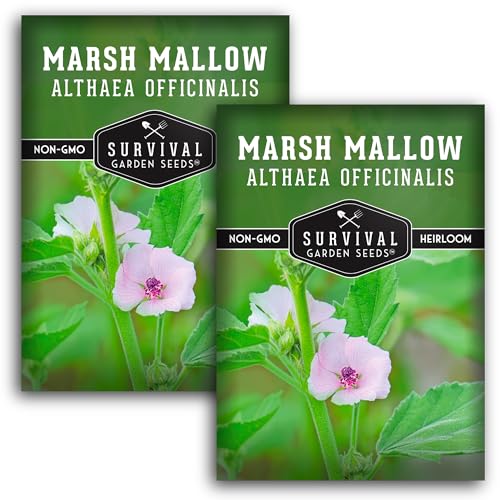How to grow marsh mallow plants – for a hardy perennial that will thrive in damp yards
This tall perennial is a good option for adding height to flower beds

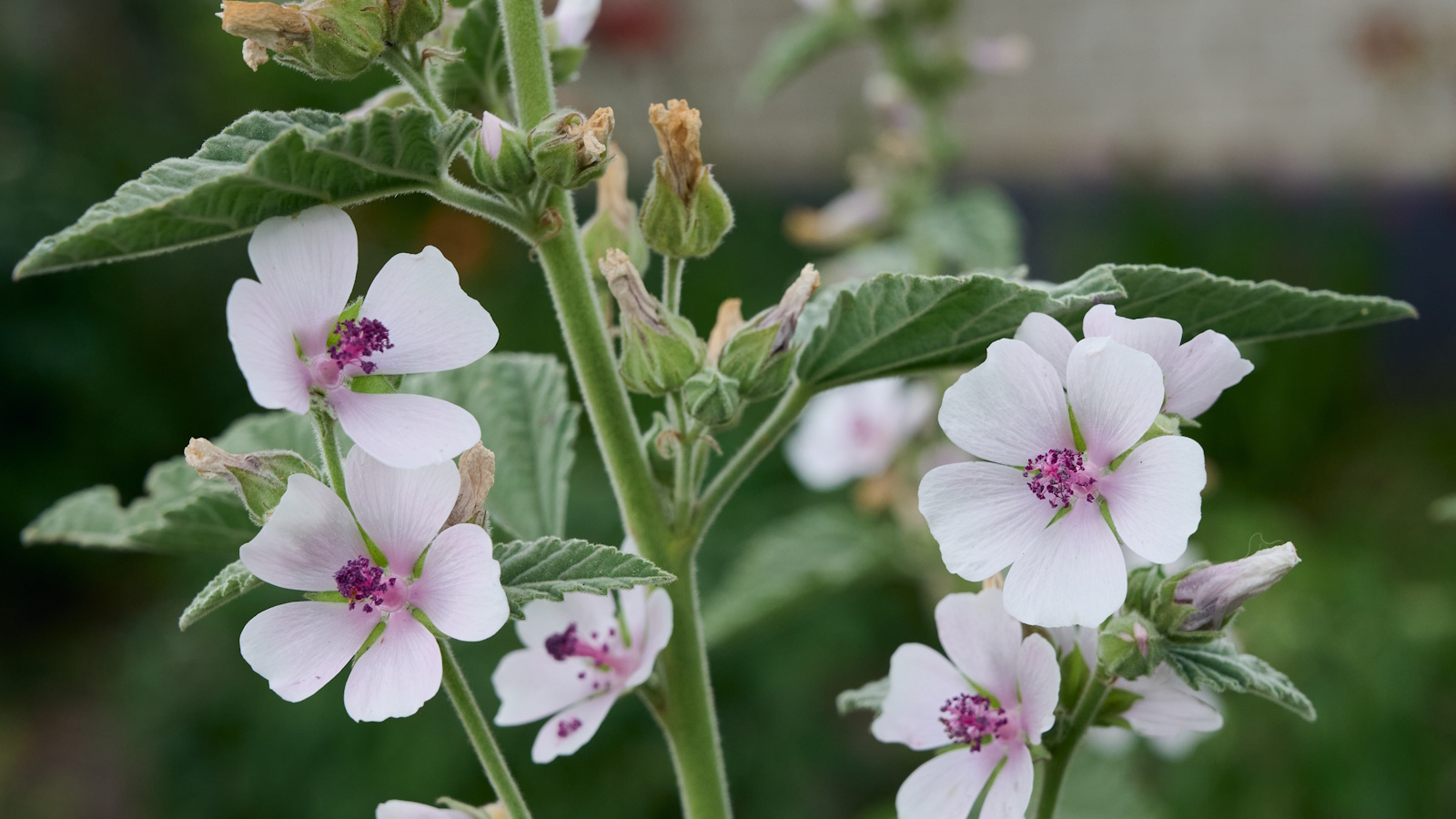
The marsh mallow plant, or Althaea officinalis, is a hardy perennial, the roots of which were famously used for flavoring marshmallow sweets. Sadly today, most shop-bought marshmallows are made of synthetic ingredients, but the culinary history of this plant remains a fascinating one.
Learning how to grow the marsh mallow plant in your garden is relatively straightforward, and this tough perennial is considered a low-maintenance option. What's more, the flower spikes can be relied upon year after year to add height and color to borders.
So, if you are seeking tall perennial flowers to grow this year, why not add the marsh mallow plant to your plot? Here, one garden expert from Wisconsin provides all the information you need to successfully grow this popular perennial.
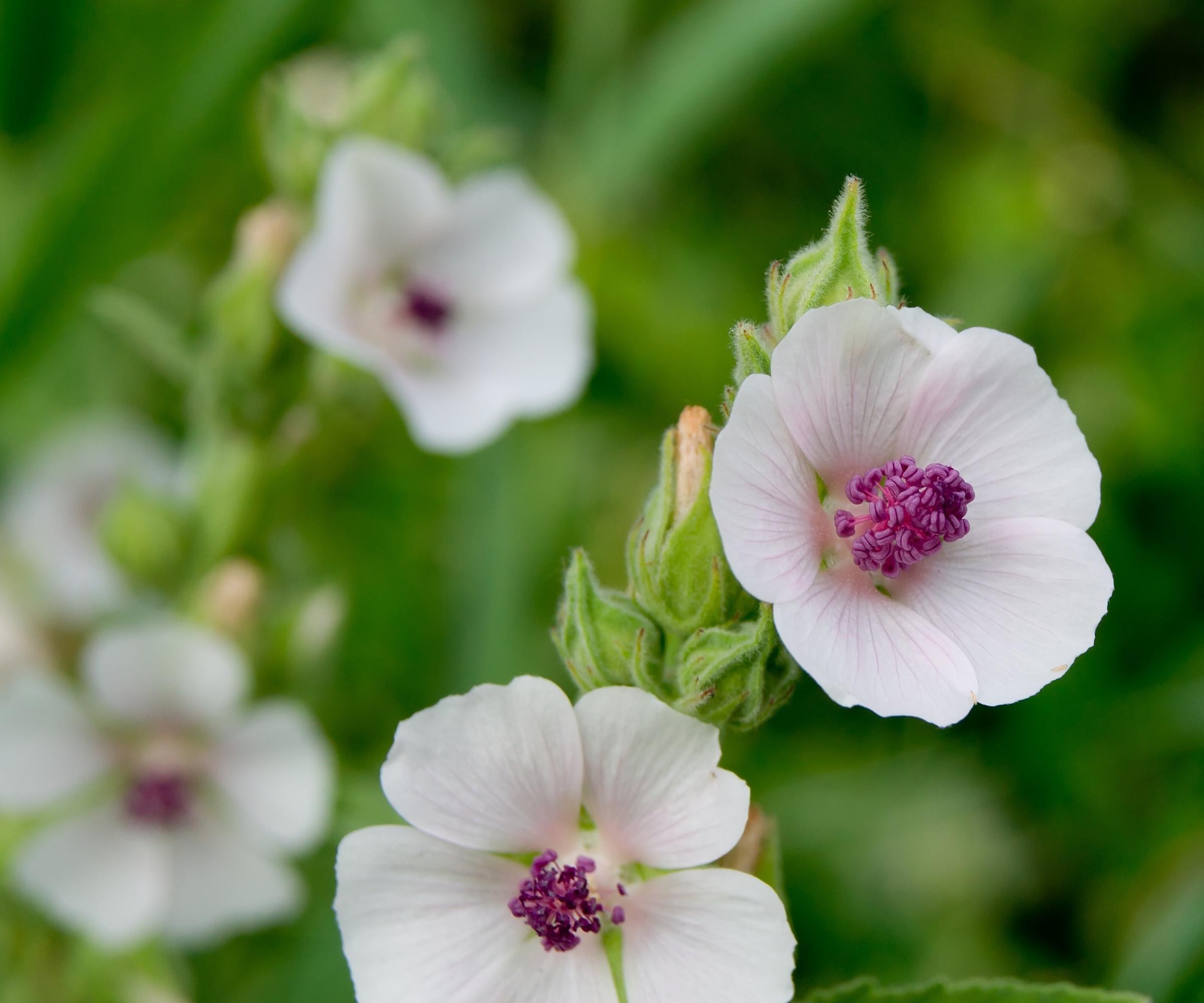
How to grow marsh mallow plants
The marsh mallow plant is one of the best perennials that provides excellent seasonal interest during summer. From June, tall stems shoot upwards, filling backyards with colorful blooms, proving a popular plant for pollinators. Fortunately, learning how to grow marsh mallow plants is not complicated, and our guide has all the information you need.
Growing habits of marsh mallow plants
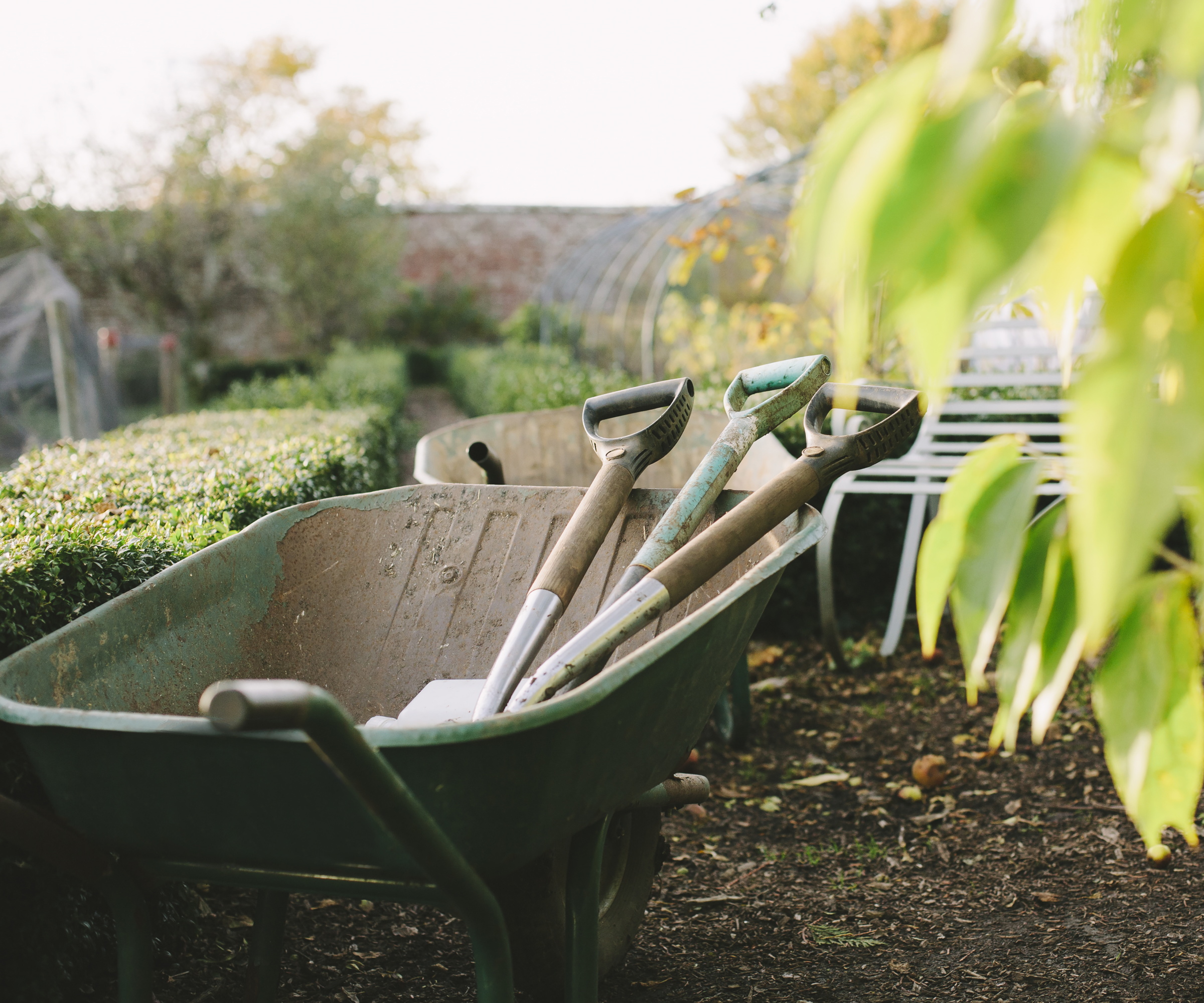
Native to Europe, Asia and parts of Northern Africa, the marsh mallow plant is an upright perennial that is similar in shape and appearance to hollyhocks. Both species are members of the mallow plant family, or Malvaceae, and are easily confused, reaching up to six feet with dozens of flowers per stem.
'The marsh mallow plant is a low-maintenance perennial or herb,' says plant expert, Katie Sunderlage. 'They tend to grow best in full sun and enjoy damp, moist soil.
'This perennial is ideal if you are looking for wild garden inspiration or cottage garden ideas, with a profusion of romantic flowers opening across the growing season. The white to pink blooms are also long-lasting, often lasting throughout the summer and into the fall,' Katie adds. 'To help promote new blooms, it is recommended to remove any stems that have finished flowering, cutting them down to the base of the plant.
Design expertise in your inbox – from inspiring decorating ideas and beautiful celebrity homes to practical gardening advice and shopping round-ups.
'Helpfully for gardeners in cooler regions, marsh mallow plants are extremely cold tolerant and can be grown down to US hardiness zone 3, making this a great plant for northern states with frosty and snowy winters.'
Be warned, however, that these plants do best when given adequate space in the yard. Over two to three years, they can easily spread, and once established, the roots can be hard to remove. While they can be grown in most borders, providing plenty of space and room is best advised.
Althaea officinalis seeds are available from Walmart.

Operations Manager at Holland Group, managing the customer service department and purchasing. Katie has been in the green industry since 2005 in the Greater Milwaukee area, earning her degree in Horticulture in 2008. She has been able to share her love for plants working in multiple garden centers, in sales positions and most recently in an online retail platform at Holland Group.
Grow guide for marsh mallow plants
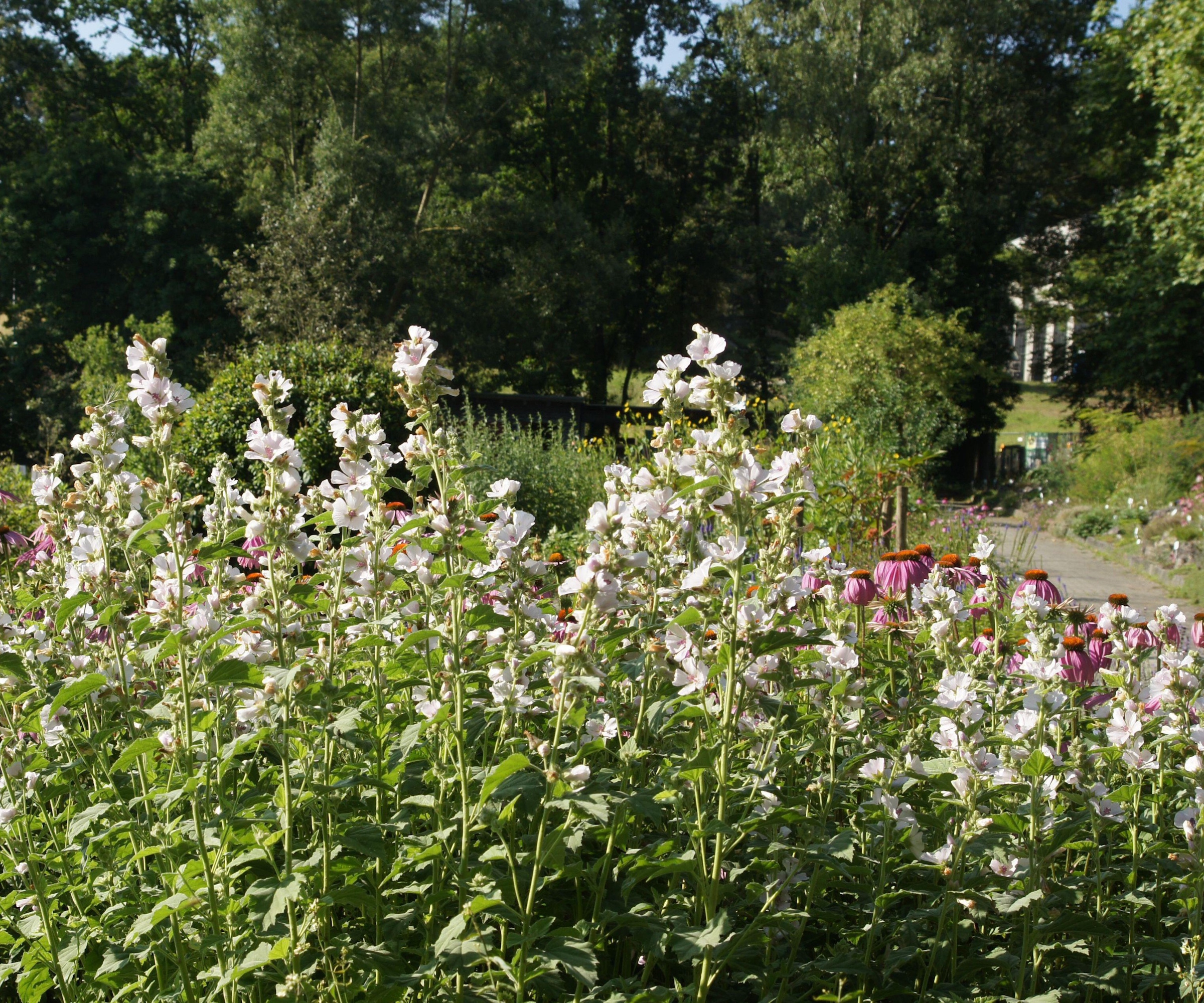
Soil: 'Marsh mallow plants do best in moist, slightly acidic soil,' Katie says. 'To help keep the soil moist, apply a few inches of mulch to the base of the plant twice a year. Pine mulch is a good idea, which will help to develop a neutral to slightly acidic soil pH of 5.0 to 7.0.' Mulch is available from Walmart.
Light: 'These are full-sun perennials,' Katie says, 'so you want to plant in an open, sunny spot in the yard where they can enjoy at least six hours of direct light.' While you can grow marsh mallow plants in part-shade in warmer regions, such as US hardiness zone 9, this would not be a good idea if you reside in a cooler, northern state, and would result in fewer blooms.
Watering: Marsh mallow plants do better in soil that is consistently moist but not waterlogged. If your soil is free-draining or sandy, it is a good idea to add plenty of organic matter to your beds to help the plants retain moisture in the summer months.
Fertilizing: 'Fertilizer is generally not needed for marsh mallow plants, so long as the water levels are kept constant,' Katie says. 'Much like hollyhocks, marsh mallow plants can even grow in poor soils, so don't worry too much about feeding them.'
Pruning: As a deciduous perennial, the foliage of marsh mallow plants will drop during the fall and winter months. It is up to you when you cut back to the base of the plant, but this can be done anytime between November and February before new shoots emerge in spring.
Toxicity: The marsh mallow plant is not considered toxic to humans or pets. While parts of the plant have been used for food and medicine for many centuries, this is not advisable unless you are trained and know exactly what you are doing.
Support: To protect tall stems from wind and rain, it is a good idea to provide some staking and support for your perennials. Why not learn how to build hazel plant supports, for a natural look that will seamlessly blend into your borders?
FAQs
Can I grow the marsh mallow plant in a pot?
While it is possible to grow the marsh mallow plant in a pot, it is not advisable. This perennial can reach five or six feet tall, and when grown in a container, can easily blow over in windy conditions. It is best to keep this perennial in the ground.
How do I grow marsh mallow plants from seed?
Marsh mallow plants are easy to grow from seed. For the best approach, sow directly in the ground from late winter to early spring. Marsh mallow seeds require eight to 12 weeks of cold stratification to germinate, so some forward planning is required to get the timings right. From late spring, green shoots should emerge.
The marsh mallow plant is extremely cold tolerant, and so does not require any winter protection. The foliage will fade and fall, and the plant will die back, shooting with fresh, green stems in the spring.
For more winter garden information, see our guide on how to overwinter ferns, to keep your foliage plants safe this year.

Thomas is a Content Editor within the Gardens Team at Homes and Gardens. He has worked as a professional gardener for both public spaces and private estates, specializing in productive gardening, growing food and flowers. Trained in Horticulture at the Garden Museum, he has written on gardening and garden history for various publications, including The English Garden, Gardens Illustrated, Hortus, The London Gardener and Bloom. He has co-authored a Lonely Planet travel book, The Tree Atlas, due out in 2024.
